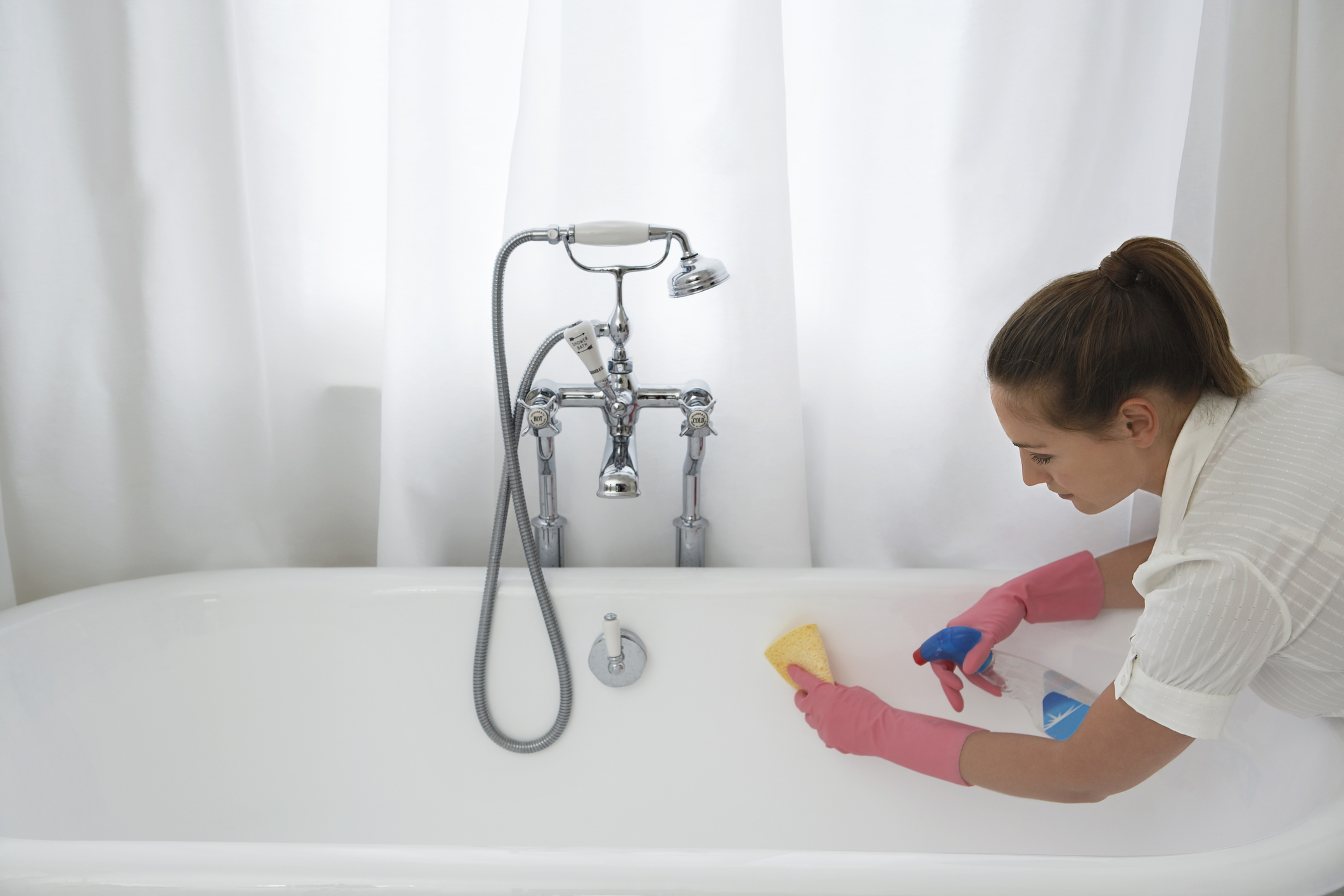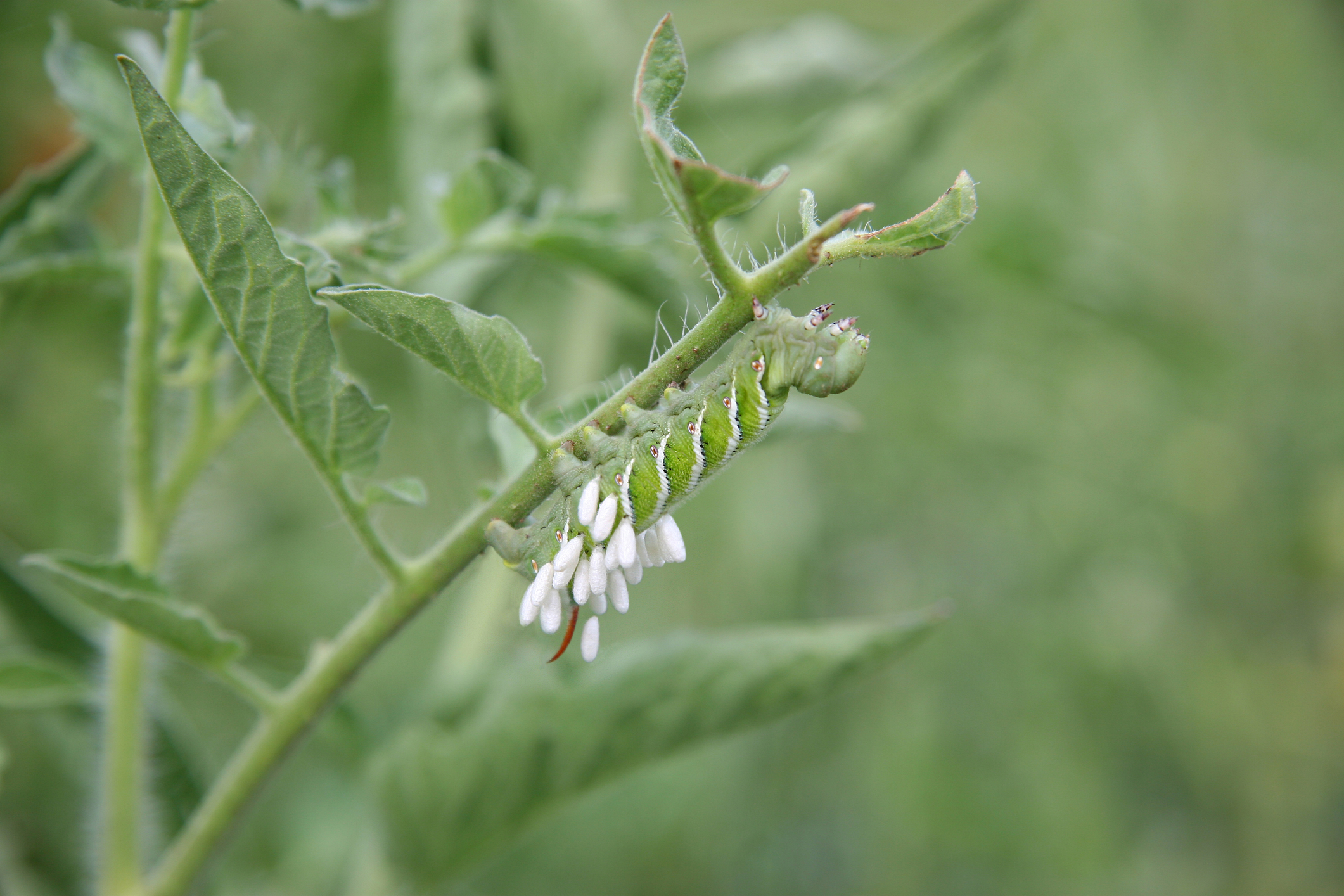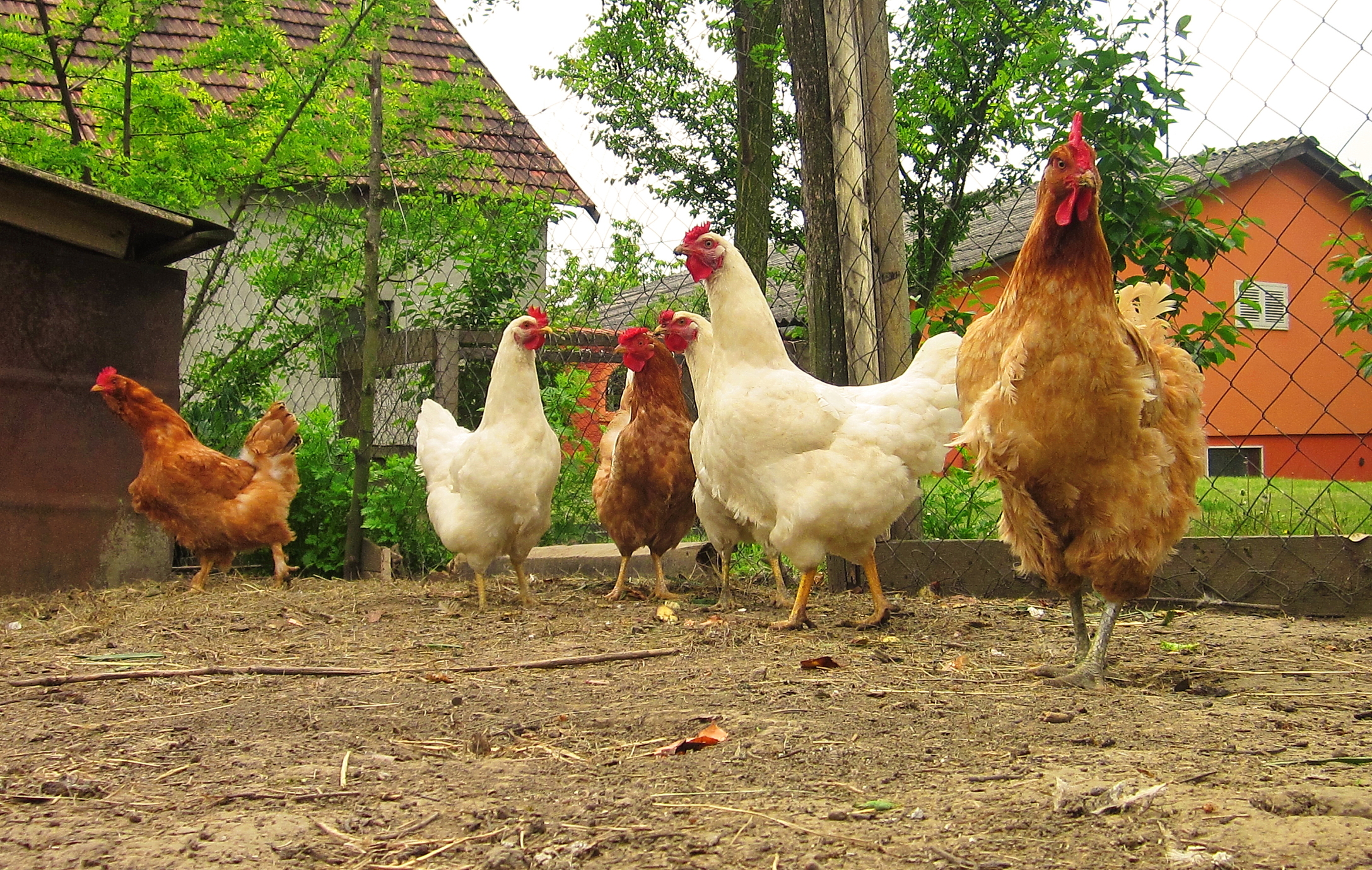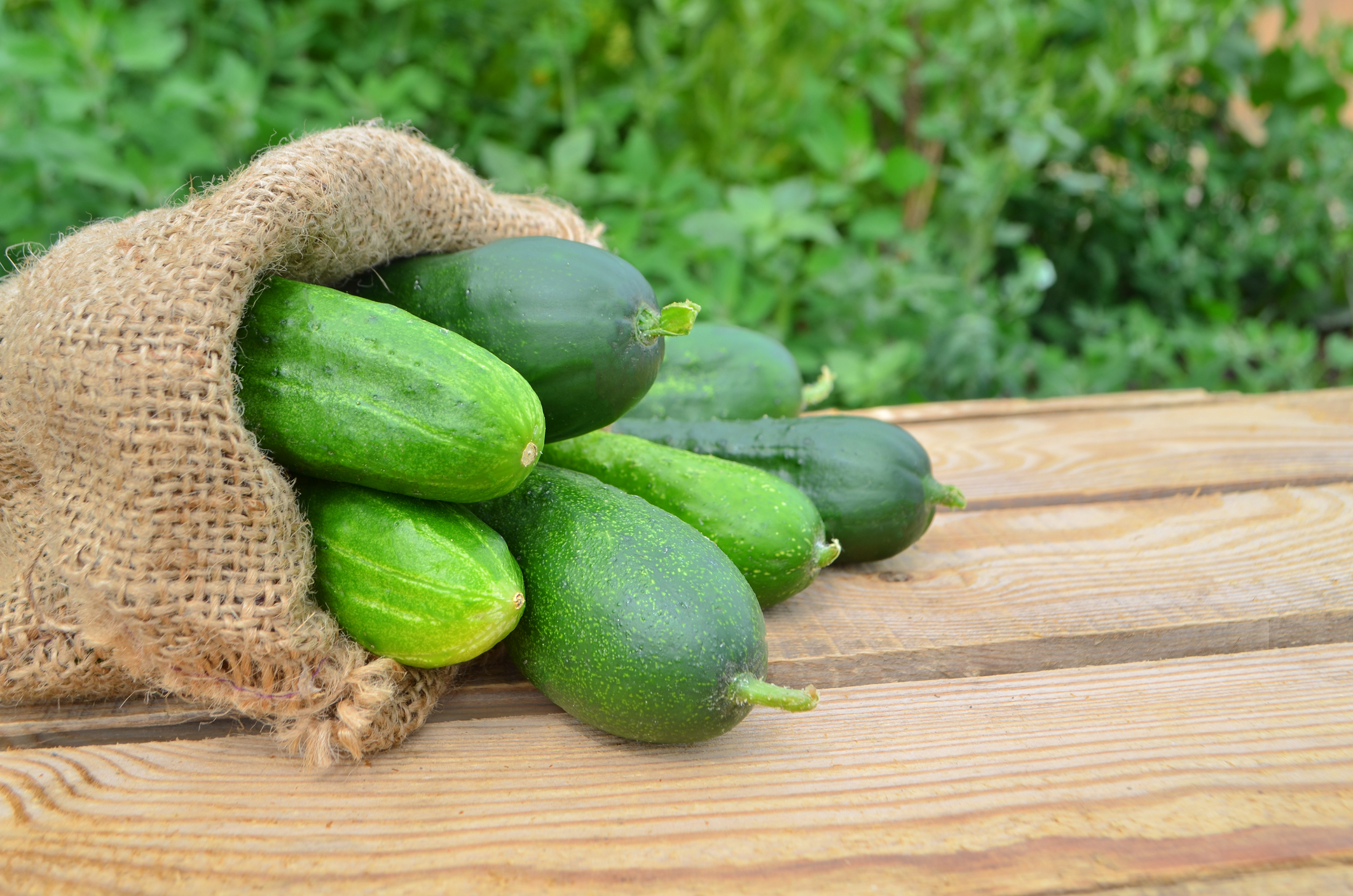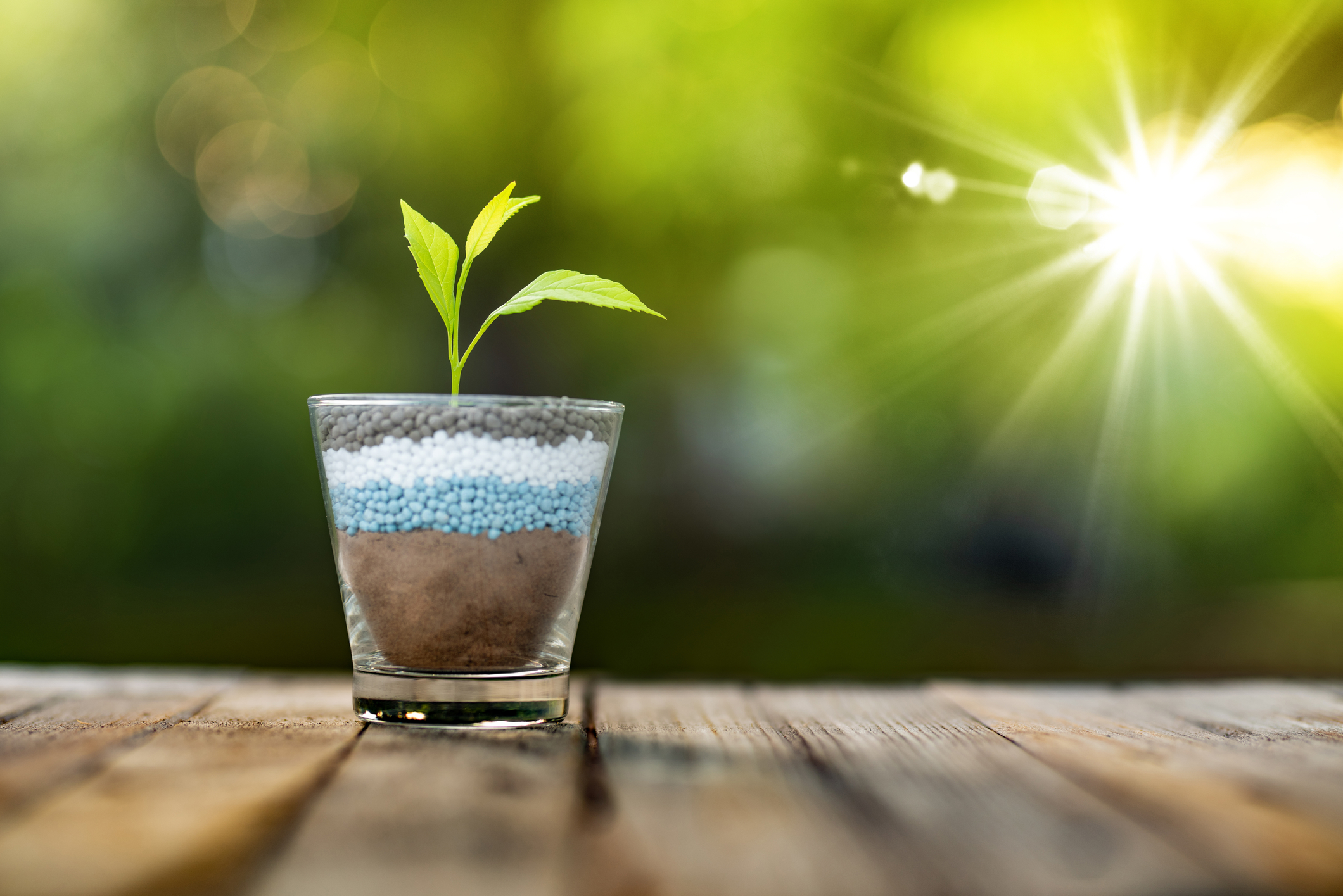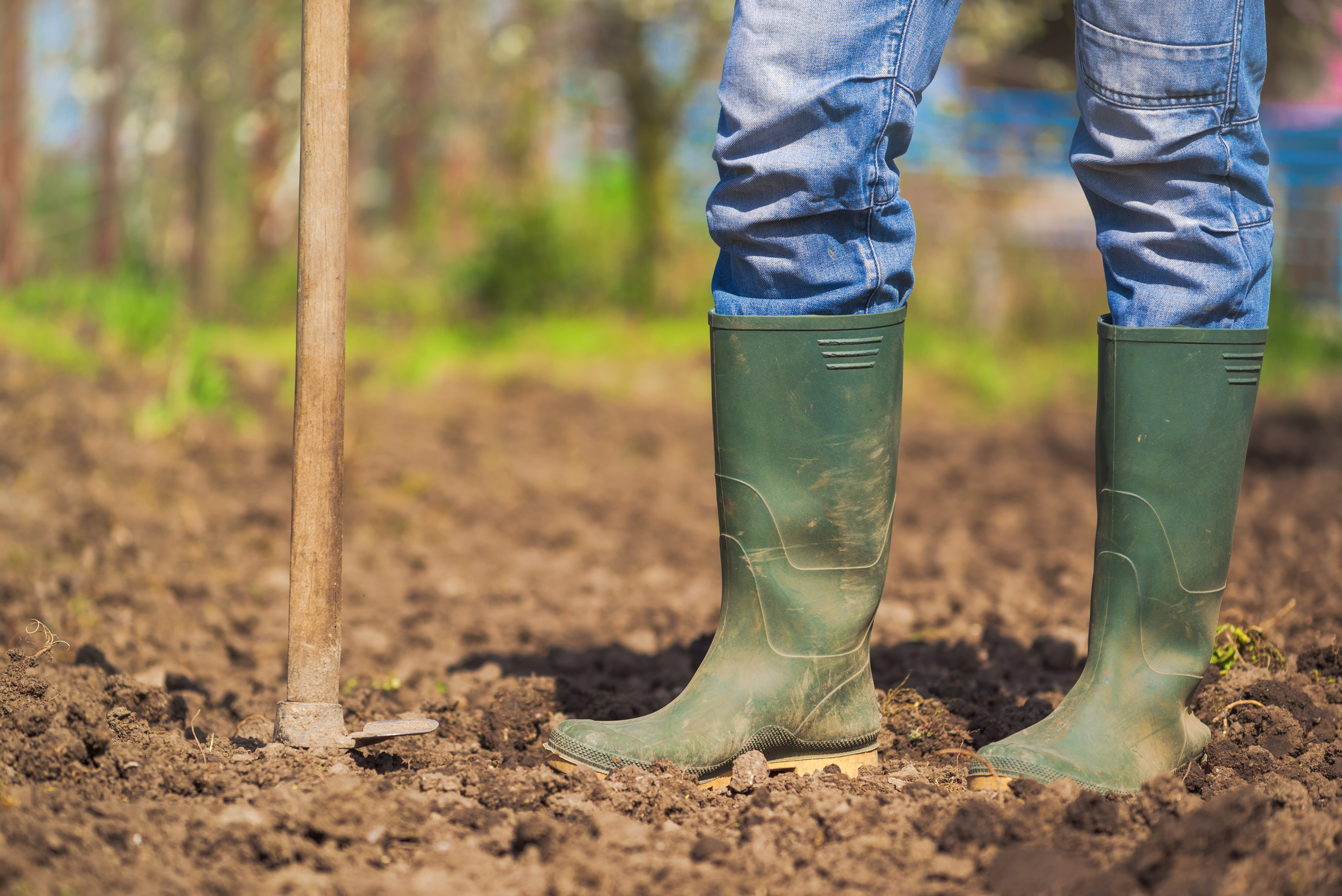How to Bring an Old Bathtub Back to Life
Do you have an old porcelain bathtub in your bathroom that’s in need of some TLC? Rather than replace it with a modern tub, which is more than likely made of cheaper materials and smaller to boot, you can refinish that old tub. The process does require some elbow work, and you may need to … Read more

